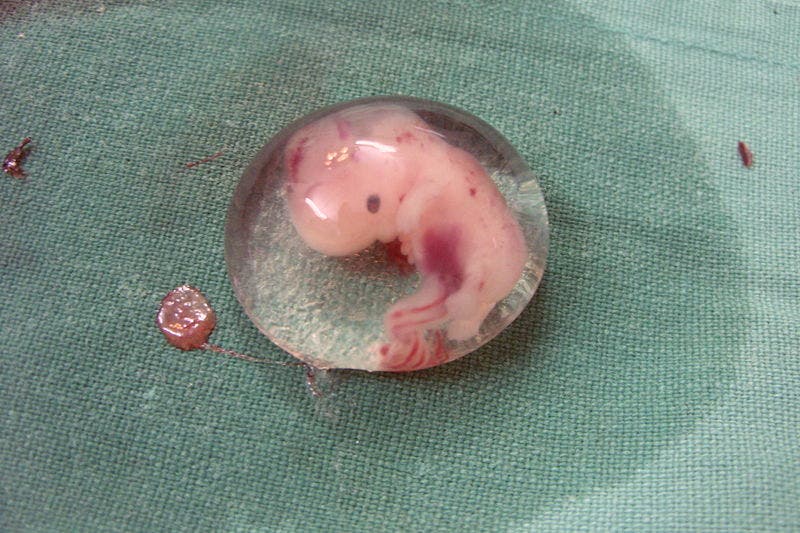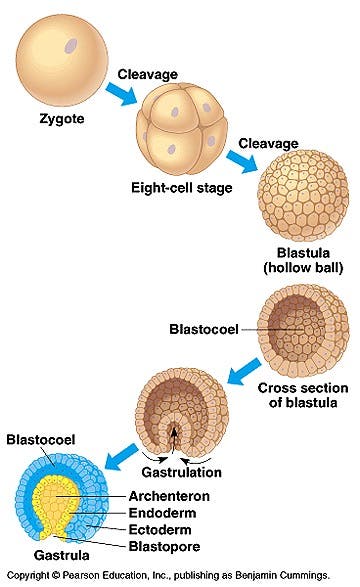The human embryo starts developing about four days after an egg is fertilized. At this stage, it is just a tiny clump of cells, but over the course of many weeks and months, it starts developing into a fetus with obvious human characteristics such as hands, feet, and a face.
An embryo will go through various distinct stages of development until it becomes a full-fledged human baby. But while modern medicine is pretty dialed in when it comes to how a baby is supposed to grow in its later stages, the same can’t be said about the very earliest stage of development which has remained something of an enigma — until now.

In a new study that has been described as a “landmark” in its field, researchers at the University of Cambridge have, for the first time, observed what’s going on in the gastrulation phase, in which an embryo transforms from a one-dimensional layer of epithelial cells (blastula) and reorganizes into a multilayered and multidimensional structure called the gastrula.
During this critical phase, various combinations of different types of cells eventually align to their respective roles to ultimately form organs and other important components of the human body.

Gastrulation occurs around 14 days or so after the egg is fertilized but everything we know about this essential phase of embryonic development comes from studies on animals. Scientists in the UK are not allowed to culture embryos in the lab for more than 14 days for ethical reasons as gastrulation also marks the development of the nervous system. But the researchers were able to study a human embryo sample that was around 16 to 19 days of age, sourced from a woman who decided to abort her pregnancy and donate the embryo to science. Most people don’t even know they’re pregnant in the first three weeks following fertilization, which is why such embryos are so rare and challenging to study.
After dissecting the sample made of just around 1,000 cells, the researchers used a cutting-edge genetic technique called single-cell RNA sequencing that told them which genes were activated in each of those individual cells. This data was plotted to generate a map that showed which particular cells had activated genes that coaxed them to turn into specialized cells with certain roles and where they were found in the two-week-old embryo.
Perhaps rather surprisingly, this investigation showed that gastrulation is very similar to what mouse embryos go through. One of the notable differences is that, in human embryos, early forms of blood cells appear earlier than in mice.
But, by far, the most important finding was that this particular embryo had no nervous system, unlike mice who go on to form their first neurons by week two of gestation.
This means that we now have evidence that puts into question the 14-day limit on culturing embryos, something that could have a profound impact on research and medicine in general.
“This dataset offers a unique glimpse into a central but inaccessible stage of our development. This characterization provides new context for interpreting experiments in other model systems and represents a valuable resource for guiding directed differentiation of human cells in vitro,” the authors wrote in their study.
The findings appeared in the journal Nature.
This article originally appeared in November 2021.


